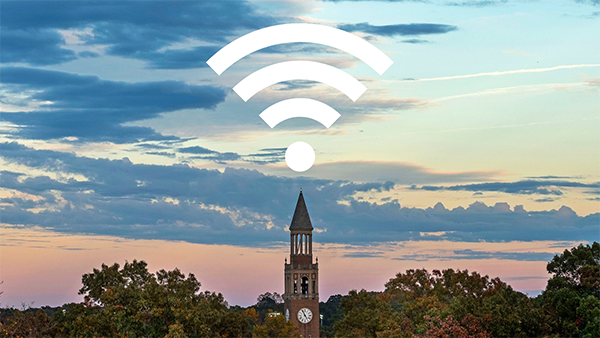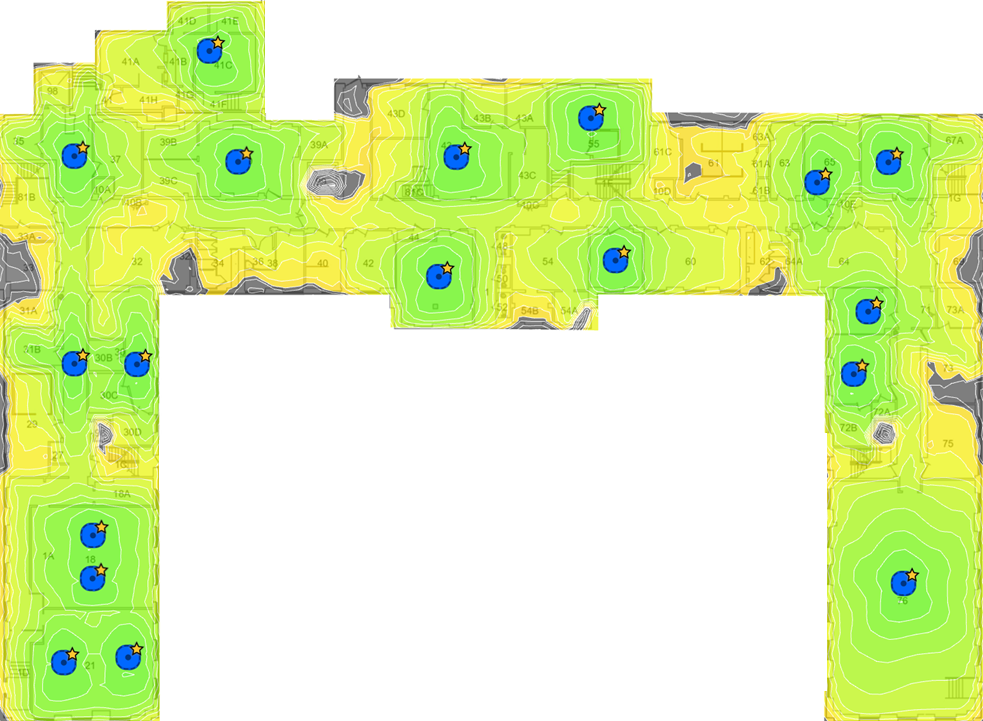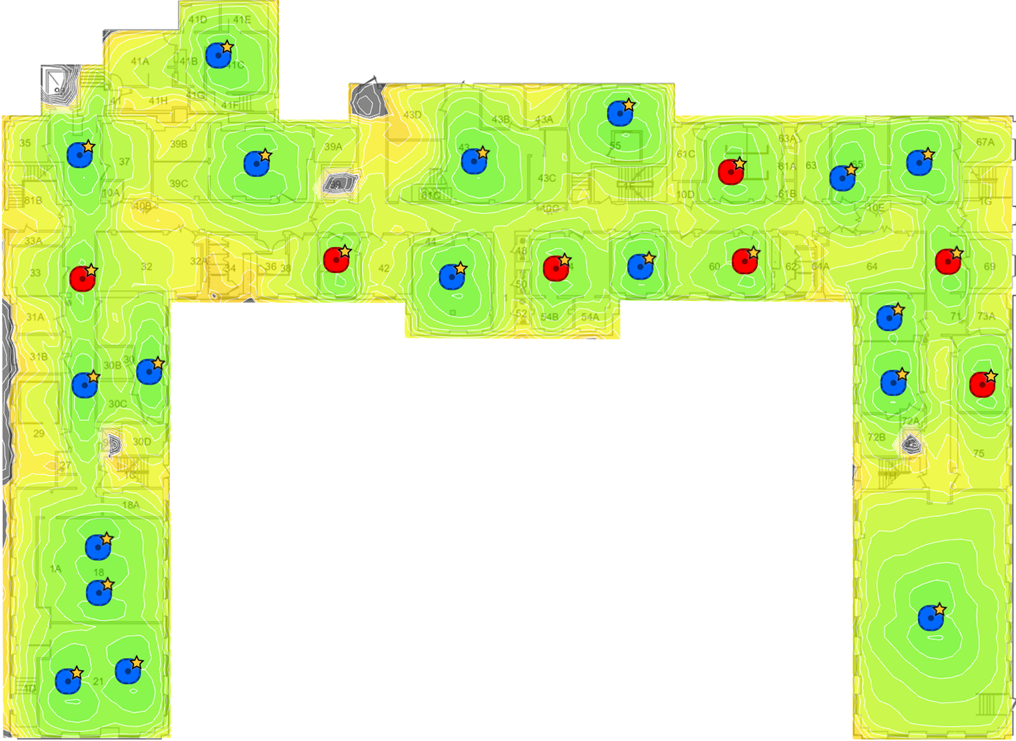Wi-Fi 6E — which ITS is deploying to campus right now — is the most significant upgrade to Wi-Fi in more than 20 years.
For decades, when your device connected to Wi-Fi, it was using one of two bands. You might connect to the 2.4GHz band, which was released in 1993, or the 5GHz band, released in 1999.
Now, with Wi-Fi 6E, there’s a new 6GHz band that some devices can connect to.
We use Wi-Fi with far more devices than 2.4 and 5GHz bands were designed to handle when they were created in the last century.

As more devices use those bands, conversations overlap and interfere with each other, which degrades performance. The new 6GHz band adds channels to reduce that overlap and interference.
If your device isn’t Wi-Fi 6 capable, it won’t be able to join the new 6GHz band — that creates a Wi-Fi “fast lane” for newer devices. As those newer devices move to the 6GHz band, the 2.4 and 5GHz bands will become less congested.
The new 6GHz band will make the most difference in densely populated areas, like office buildings, residence halls, apartments and academic buildings. For some perspective, at UNC-Chapel Hill, there can be more than 2,000 devices simultaneously connected in one large lecture hall — that’s a lot of potential for interference.
Wi-Fi 6E at Carolina
Ryan Turner, Director of Networking at ITS, answered some questions about Wi-Fi 6E and what it means to campus. This Q&A is adapted from the 2023 Networking Annual Report, which includes campus metrics and details about completed and upcoming projects.

How will Wi-Fi 6E bring better internet to campus?
The Federal Communications Commission allocated the lower 1200MHz of the 6GHz space for Wi-Fi use with 6E. This spectrum allocation more than doubles the number of previously available channels, which gives us the ability to scale wireless in a way we have not been able to before.
It will be especially beneficial in large general-purpose classrooms, once the client devices have fully adopted the new standard. Only a small percentage of the current device population on campus is 6E capable.
Has Wi-Fi 6E brought any new challenges?
The 6GHz spectrum attenuates more than 5GHz and 2.4GHz, requiring us to densify wireless cells. Roaming between 6GHz and 5GHz can be challenging, so we are redesigning our wireless spaces to encourage 6GHz capable clients to stay on 6GHz.
The 6E standard introduces newly required security mechanisms, and while the change to support eduroam in the 6GHz space has been minimal, there is currently no interoperability between 2.4/5GHz and 6GHz on PSK networks. We are not currently providing 6GHz coverage for any PSK network.
What’s the timeline for bringing Wi-Fi 6E to campus?
Early in 2023, we received approval to move forward with expending significant resources to adapt the campus to Wi-Fi 6E. It will be around six years before the entire campus has made the switch to 6E capable access points.
On average, we are expecting to increase the AP (access point) count in buildings upgraded to 6E access points by 18%. Because of the campus rate model, this is being done with no cost to our customers.
What’s the process to upgrade?
When we first deployed wireless across campus, the technology was vastly different, and now some locations are inadequate for the needs of today. Over the past years we have been filling in the holes, but Wi-Fi 6E requires a redesign of each building. As we lifecycle buildings, our wireless engineers produce a new design for each space.
After redesigning the building, ITS Transport Operations, which is led by Chad Ray, must come in and cable the new locations. Then the Network Deployment group comes in to replace and install the new access points. This is time-consuming and costly. This is an example of the metrics for the most recent redesigns:


We are currently selecting buildings that have outdated wireless access points as well as being ‘on the easier side’ of re-cabling. We are progressing through all the 200 series APs, then moving to 300 series. Special credit to the entire wireless team — Brady Ballstadt, Dawn Douglass and John Valenti — for their ongoing focus in this area.
